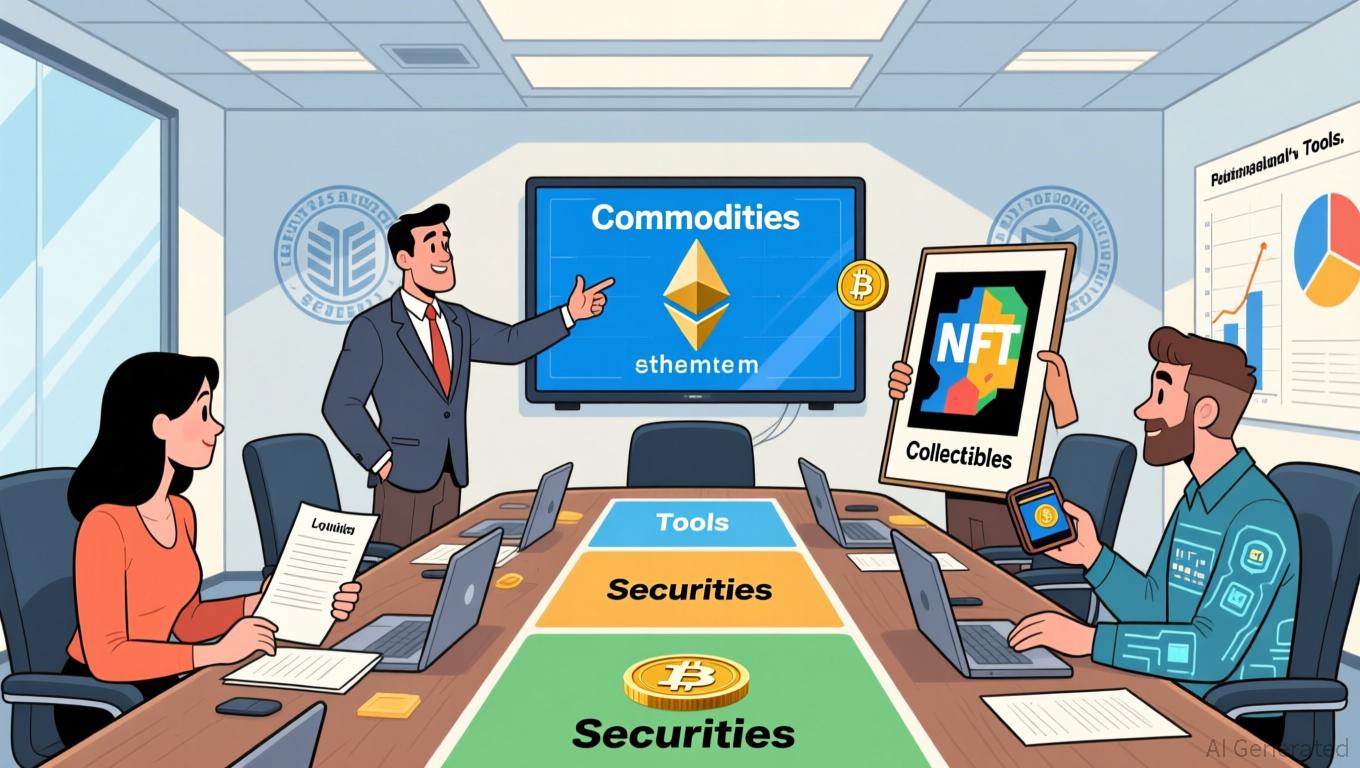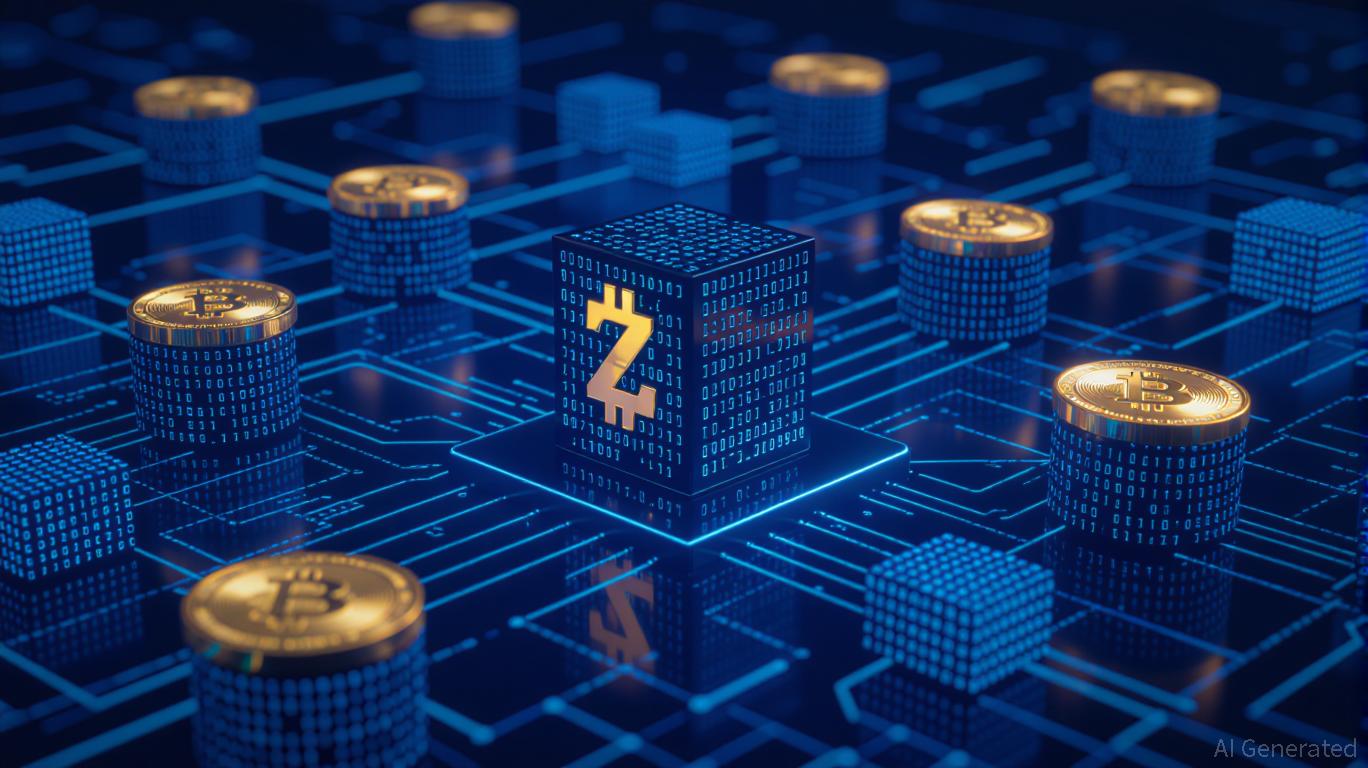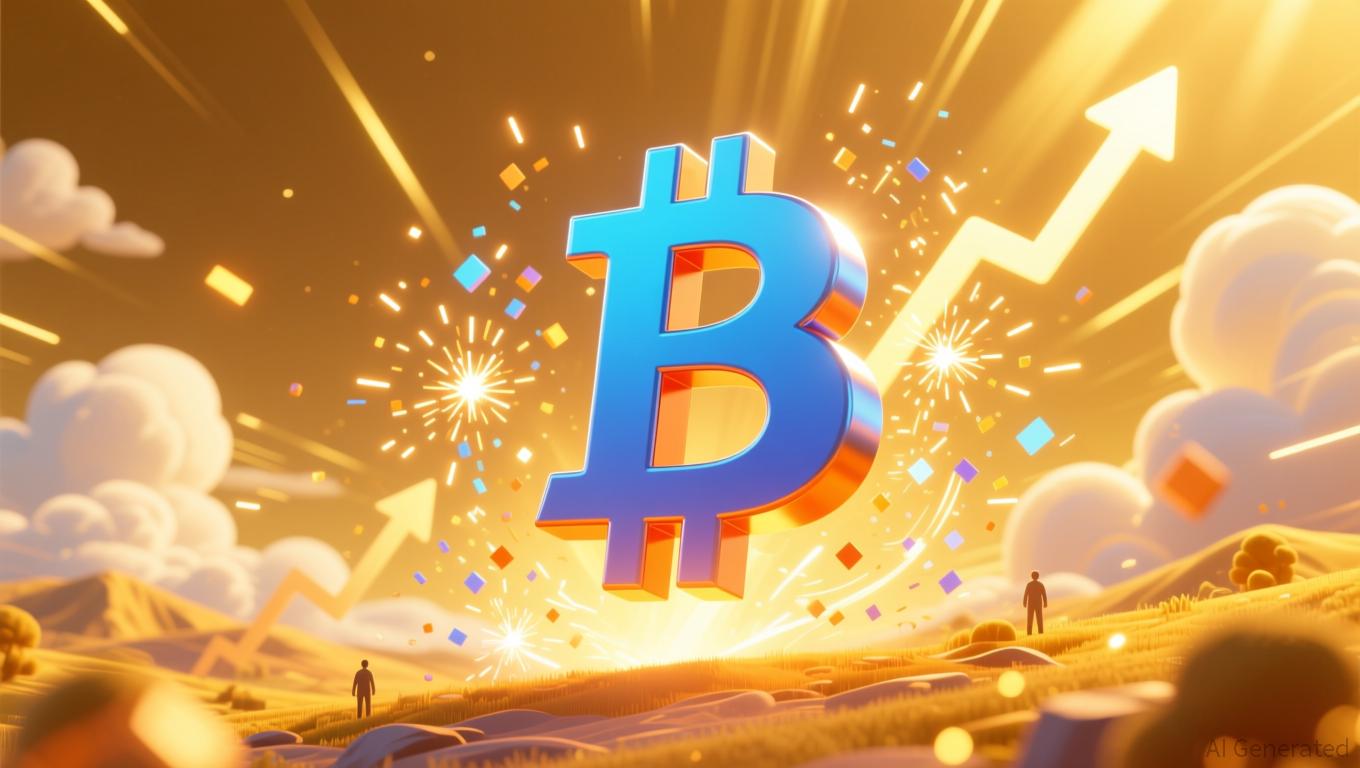Ethereum Updates: SEC Guidelines Allow Cryptocurrencies to Achieve Commodity Classification
- SEC Chair Paul Atkins proposed a crypto regulatory framework exempting ETH, SOL, and XRP from securities classification using the Howey Test to clarify market roles. - The framework categorizes crypto assets into four groups, allowing tokens to "graduate" from securities to commodities as ecosystems decentralize and utility emerges. - It introduces "super apps" for mixed-asset trading and a six-month compliance grace period, aiming to balance innovation with fraud prevention and reduce regulatory fragmen
SEC Chair Paul Atkins has introduced a comprehensive set of regulations for digital currencies that could transform the U.S. crypto sector, excluding leading tokens such as
Atkins’ guidelines divide crypto assets into four main categories: securities, commodities, collectibles, and utilities. Tokens that support decentralized networks will typically not be considered securities once their ecosystems are sufficiently developed, as users interact with them for their practical use rather than to gain profits from centralized control
The foundation of this framework is the Howey Test, which determines if an asset involves a monetary investment in a shared venture with profits coming from the work of others. Atkins explained that tokens are only deemed securities if there are clear, direct promises of profit linked to managerial actions. As networks become more decentralized and tokens shift from investment contracts to functional assets, they may be freely traded as commodities

The framework also introduces a six-month transition period for issuers to resolve compliance issues, aiming to decrease enforcement actions and promote timely adjustments as networks develop
Experts have welcomed this policy shift as a possible driver for institutional participation, with Chainalysis reporting that over 80% of major digital assets now operate in decentralized networks
Atkins’ comments reflect a wider philosophical perspective: the SEC’s original mission, established during the Great Depression, was never meant to cover all digital assets. “Securities laws were crafted to address issues involving reliance on others’ expertise,” he noted. “They were not intended to govern every new type of digital value”
Disclaimer: The content of this article solely reflects the author's opinion and does not represent the platform in any capacity. This article is not intended to serve as a reference for making investment decisions.
You may also like
Zcash Halving and Its Effects on the Market: Limited Supply, Investor Confidence, and the Value of Privacy
- Zcash's 2025 halving cut block rewards by 50%, driving a 750% price surge to $680 amid growing demand for privacy-focused assets. - Unlike Bitcoin's store-of-value narrative, Zcash's 28% shielded supply via zk-SNARKs created a "privacy premium" during crypto downturns. - Zcash's PoS transition stabilized mining economics, attracting ESG investors while Bitcoin's PoW model faces energy cost volatility. - Institutional adoption (Grayscale Zcash Trust, Zashi wallet) and regulatory resilience position Zcash

Ethereum Updates: Major Whale Amasses $140M in ETH Despite ETF Withdrawals, Igniting Market Discussion
- Ethereum whale "66kETHBorrow" deposits $140.2M in ETH into Binance and Aave V3, amassing 385,718 ETH ($1.33B) since November. - Whale's leveraged strategy includes $120M USDT borrowing from Aave, signaling high-conviction bets on ETH's price recovery amid market volatility. - Analysts debate risks vs. resilience: Some praise "4D chess" tactics, others warn of "speedrunning liquidation mode" due to aggressive leverage. - Whale's actions contrast with $183.77M ETF outflows, creating uncertainty as accumula

Ethereum Updates Today: Arthur Hayes Sells $2.5M—Are Institutions Seeing a Profit Opportunity?
- Arthur Hayes sold $2.52M in crypto assets, including 520 ETH and 2.62M ENA, four hours before a public post on Nov 16, 2025. - The sale, tracked by blockchain analytics, may signal institutional profit-taking, potentially pressuring Ethereum’s $3,000 support level. - ENA and ETHFI face short-term headwinds, with trading volumes surging 10–20% post-announcement. - Institutional ETH derivatives remain strong, but retail traders are advised to monitor technical indicators for market direction.

Bitcoin News Update: The Reason Kiyosaki Views Bitcoin and Gold as Shields Against the Collapse of Fiat Currency
- Robert Kiyosaki predicts Bitcoin could hit $250,000 by 2026, framing it as a hedge against fiat devaluation and global liquidity crises. - He cites Gresham's Law and Metcalfe's Law to justify accumulating gold , silver , and crypto as "real money" amid U.S. debt-driven monetary policies. - Market data like Bitcoin's MVRV ratio and institutional crypto ETF interest partially align with his bullish outlook, though risks from macroeconomic shifts remain. - Kiyosaki's contrarian strategy emphasizes buying du
